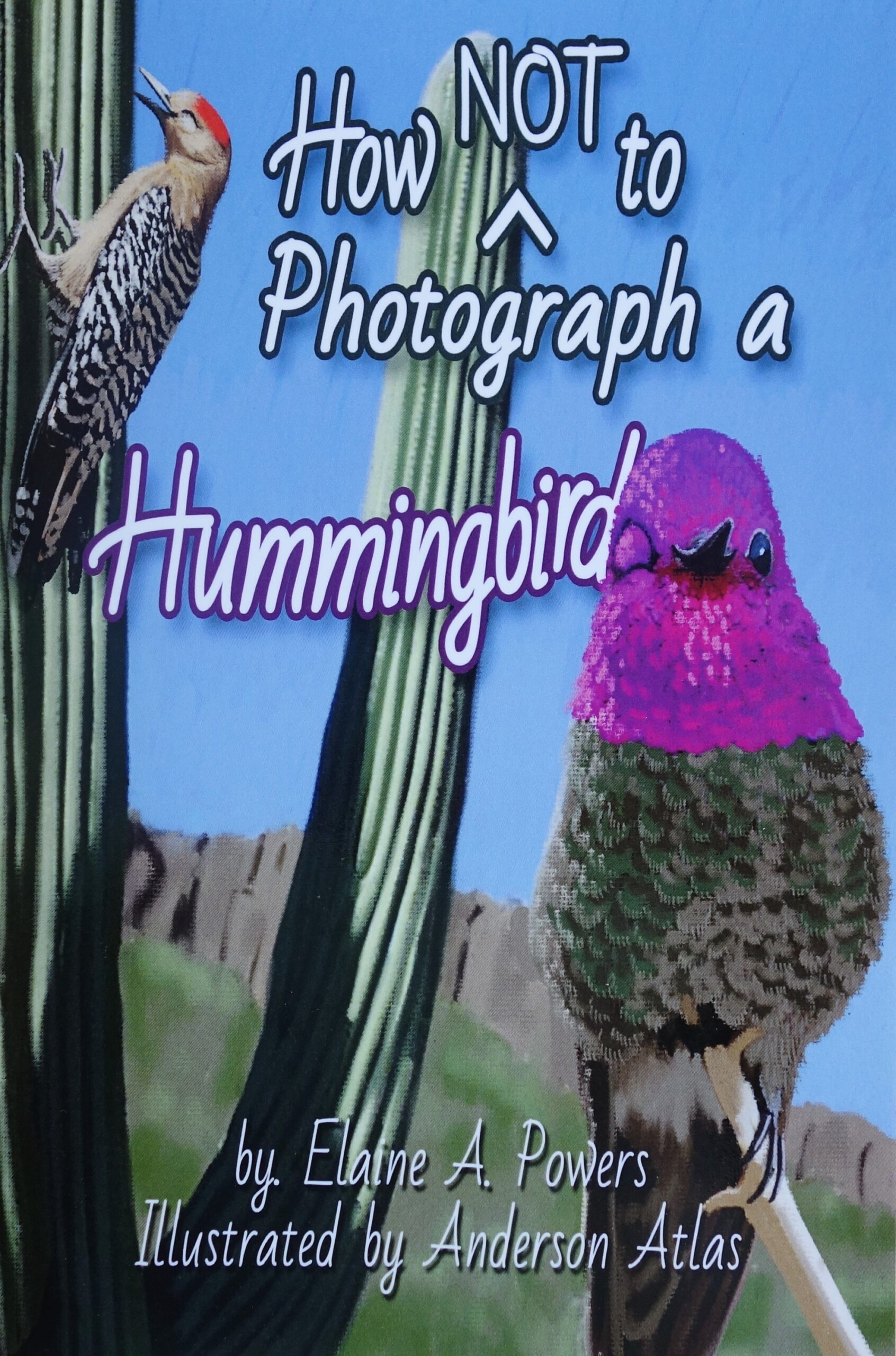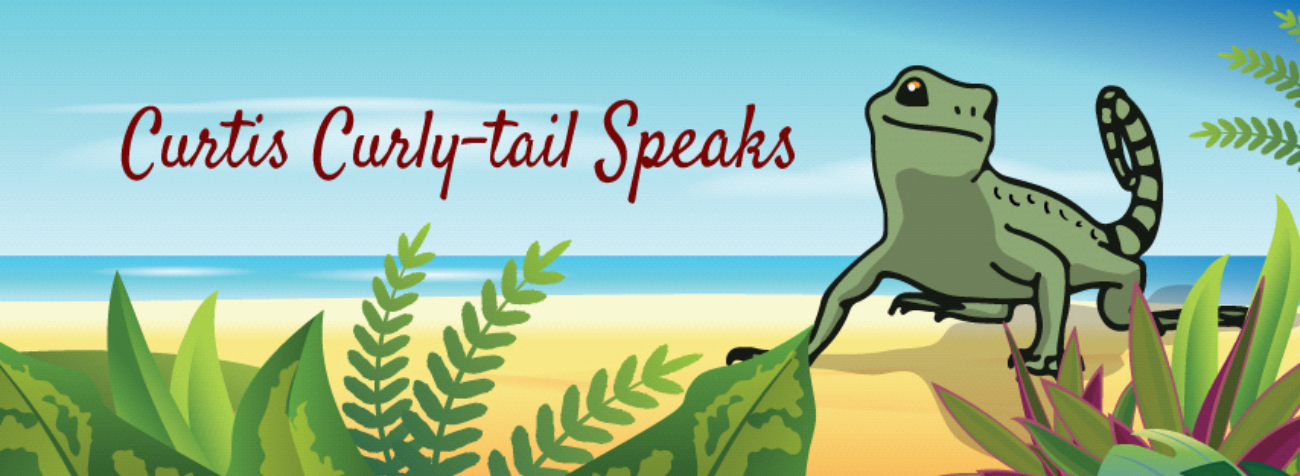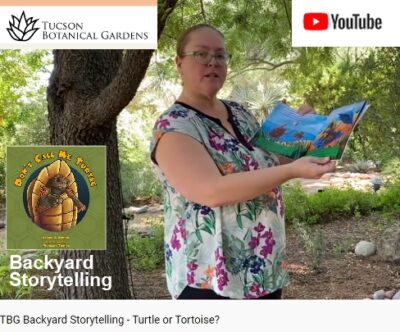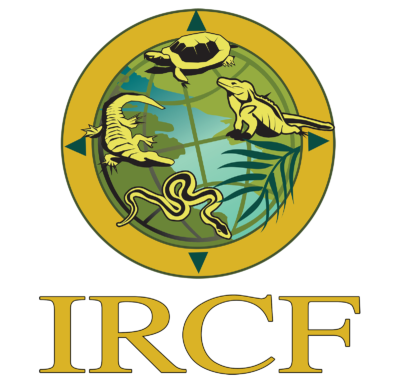Faster Than a Speeding Bird? Nope. By Author Elaine A. Powers
After watching a man stalk a hummingbird through the Tucson Botanical Gardens for an afternoon, I wrote a book about photographing a hummingbird. Around and around the man went. The bird appeared to be intentionally taunting him. The man’s tale is told in the humorous book I call How NOT to Photograph a Hummingbird.
I have also spent a fair share of time trying to photograph hummers, but recently I expanded my chasing activity to another species. This bird flitted around the stalls where I board my horse. His bright colors contrasted with the tan ground and gray bars of the stalls. I whipped out my cell phone to get the shot. He flew off to another stall. I pursued. He flew. From stall to stall we went. The bird streaked away. No photograph obtained.
I was delighted when the bird returned the next day. The pursuit continued. Stall to stall without success. I gave up and haltered my horse for a walk. When we reached the turnout pen, there he was – posing at the top of a tree. Perhaps he felt this perch gave me the better shot, and he allowed me to complete my quest.
The magnificent bird pictured above is a male Vermillion Flycatcher (Pyrocephalus rubinus), perched on a mesquite tree.
What happens to the protagonist in my book who is in photographic pursuit of a hummingbird? Buy a copy and find out! Some birds are worth your time – just like a good book. How Not to Photograph a Hummingbird also includes a glossary of Sonoran Desert flora and fauna for educational purposes. Making science fun is why Lyric Power Publishing LLC exists.

To learn about our latest science-based children’s books and workbooks, to read our latest blog posts about reptiles, birds, cats, and gardening, in a variety of locations, and about how the books come to be, what inspires an author to write, and many more interesting aspects of the publishing business, fill in the box below and we will add you to our email list.
Thank you!



